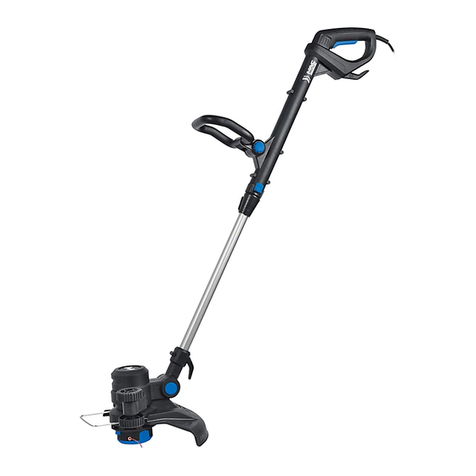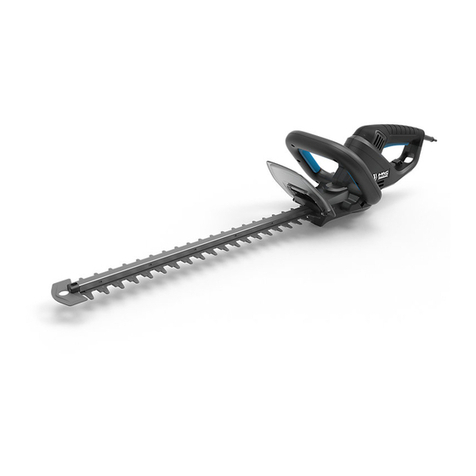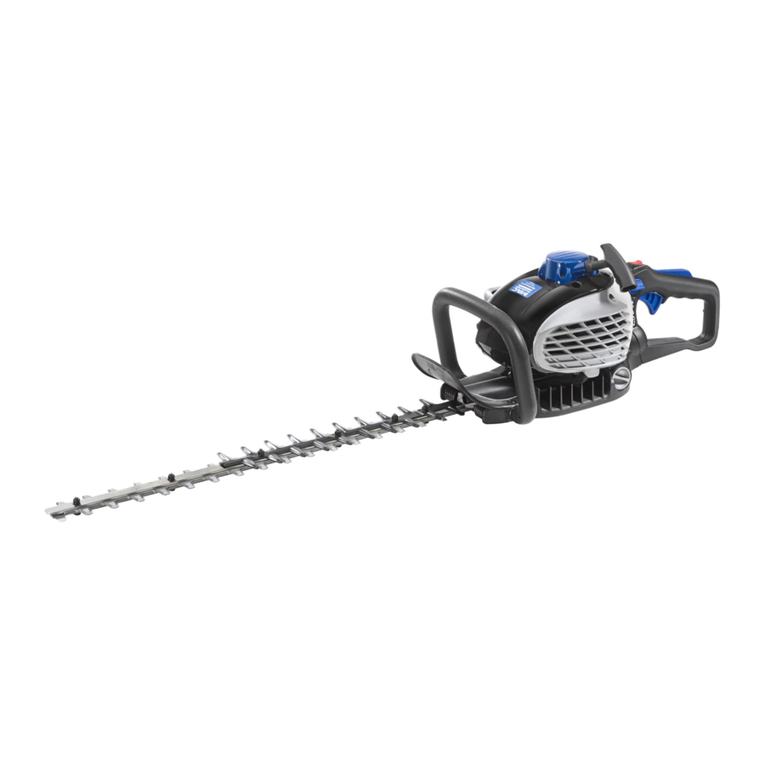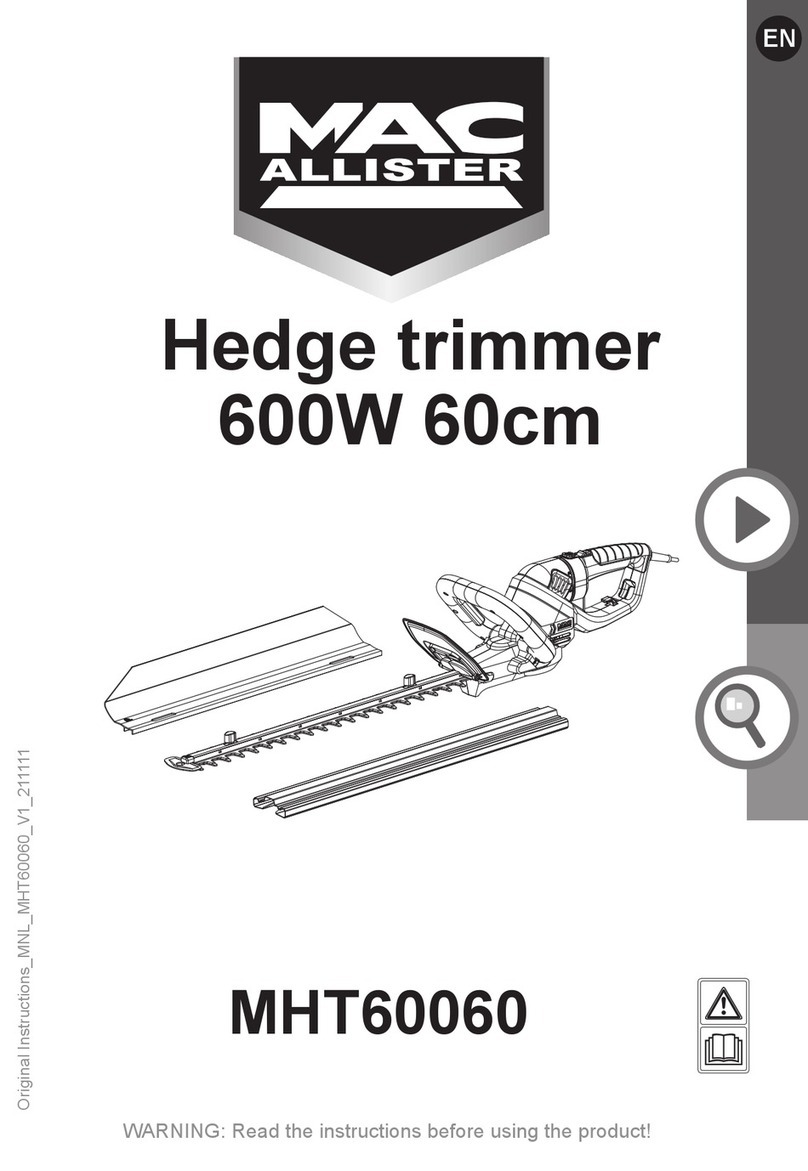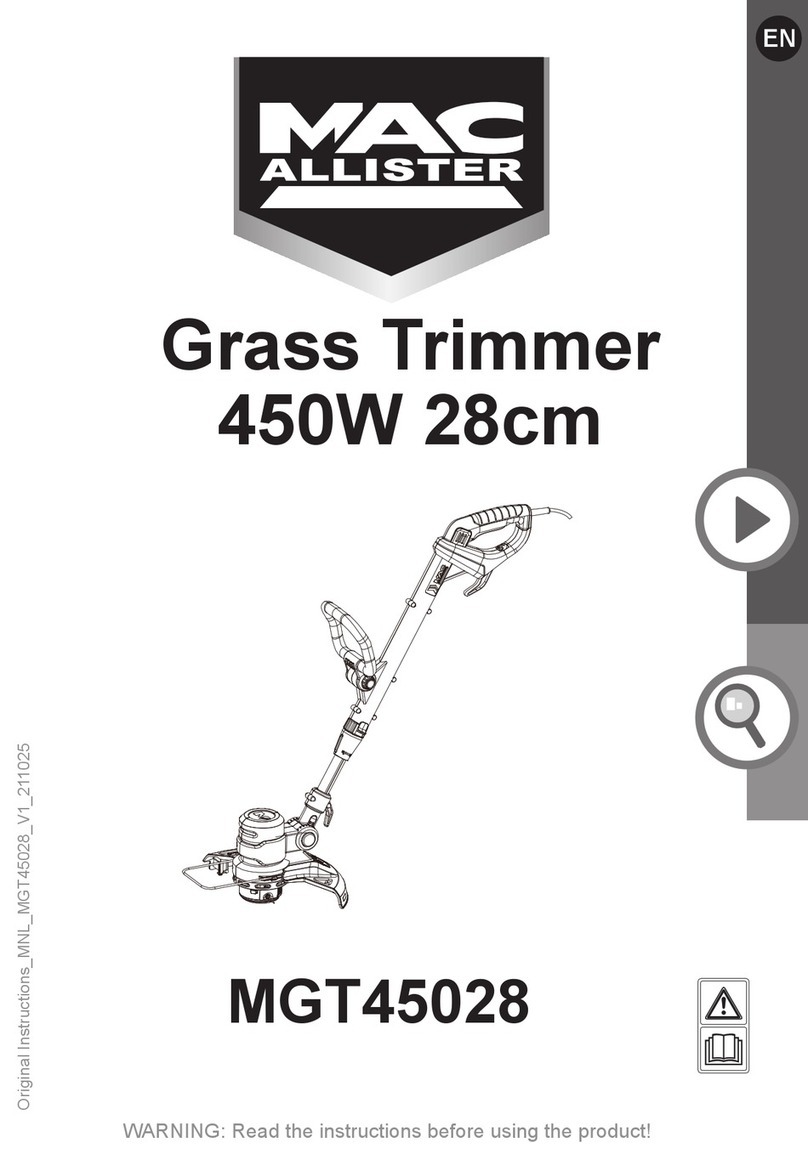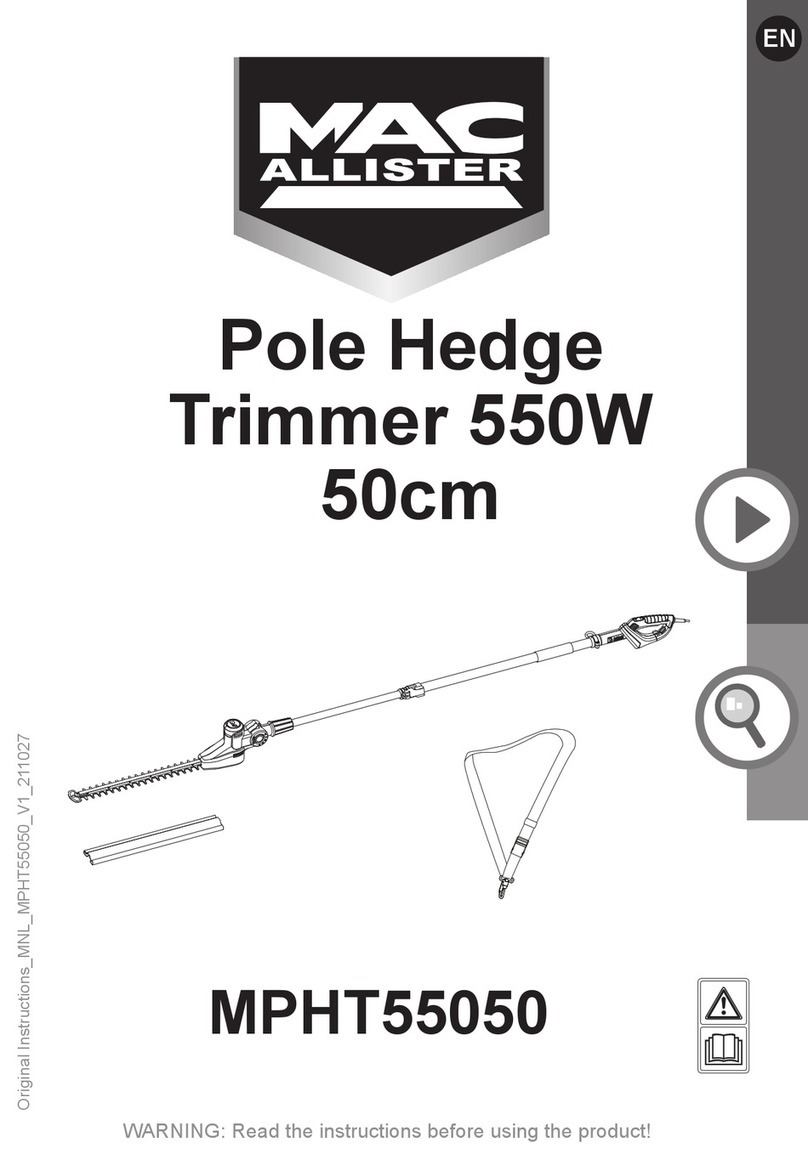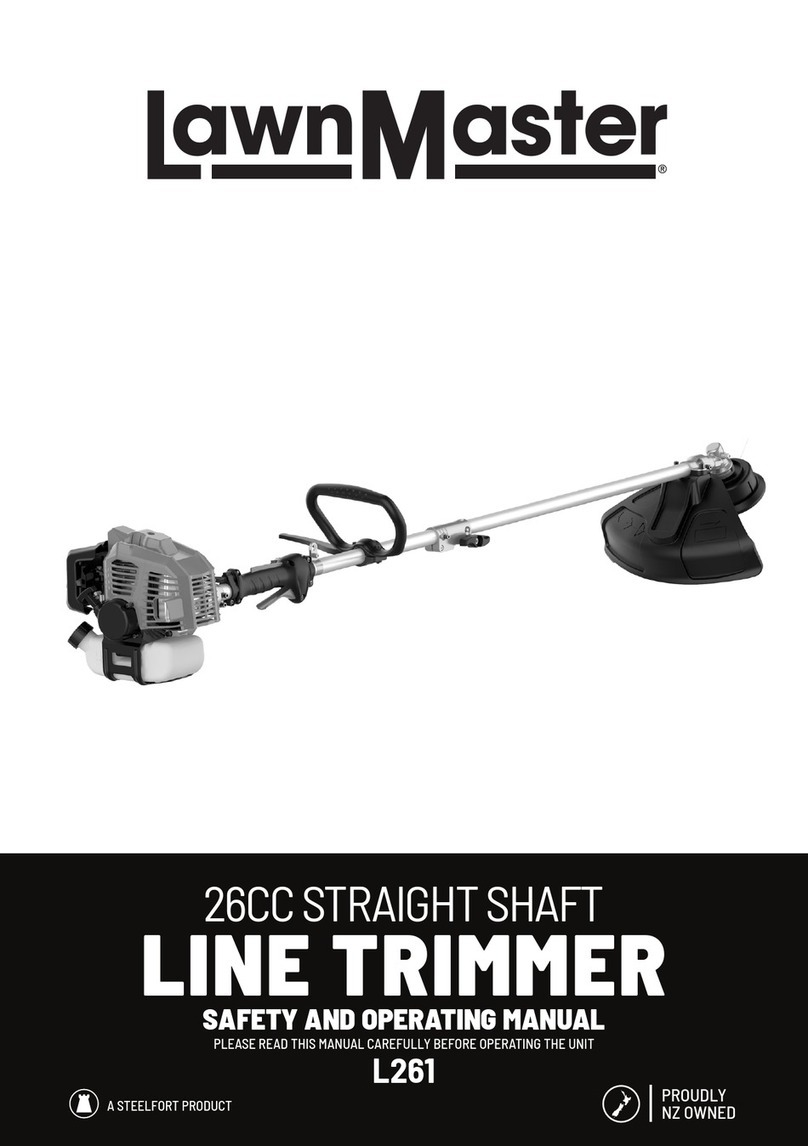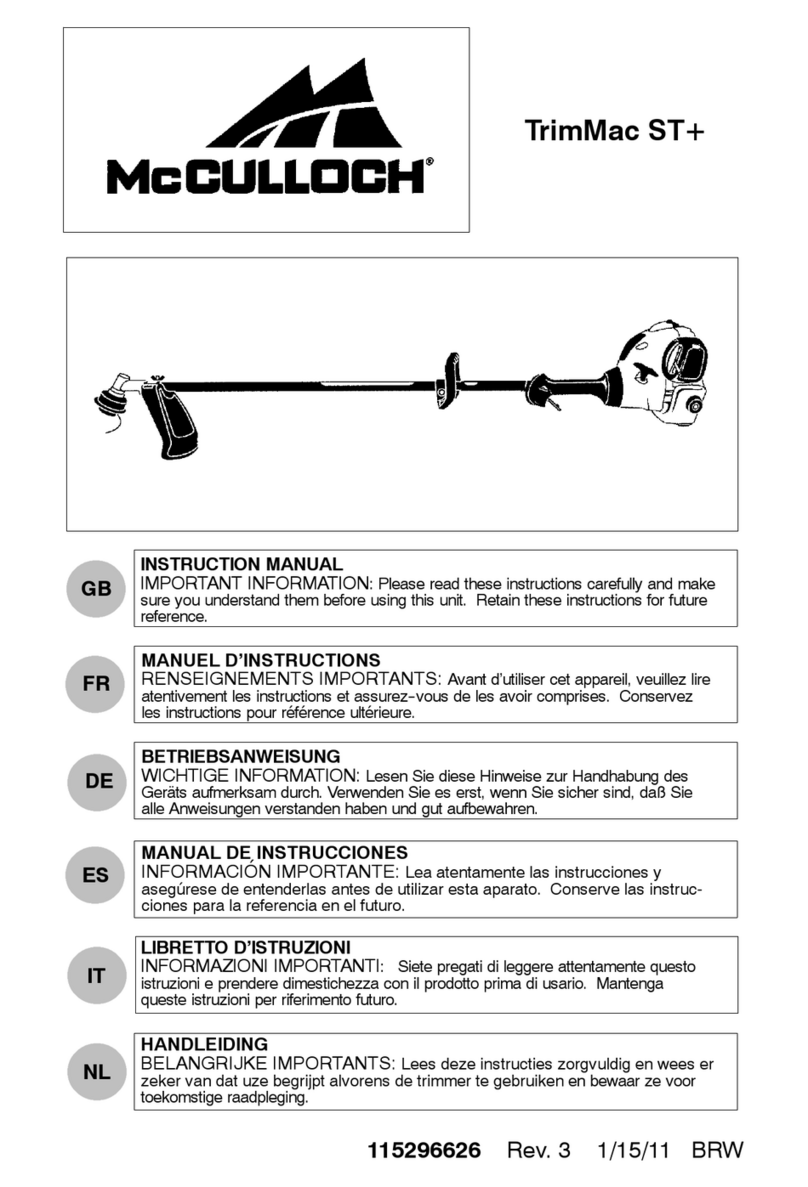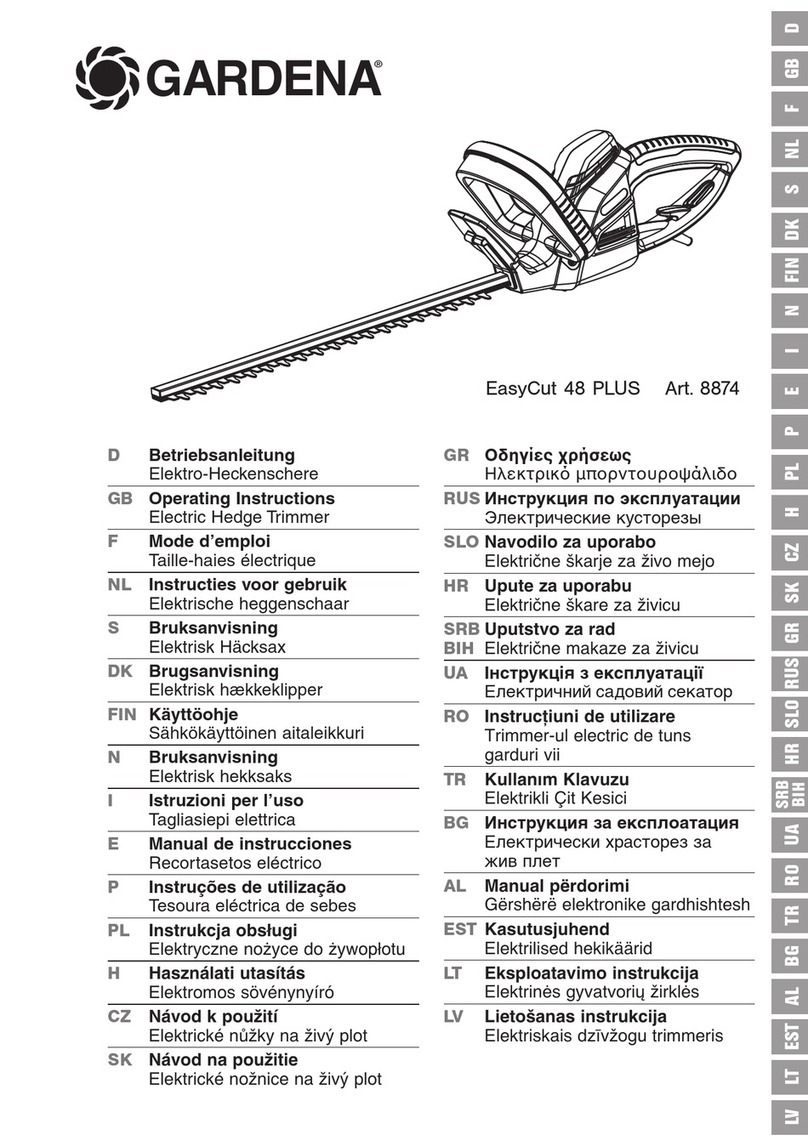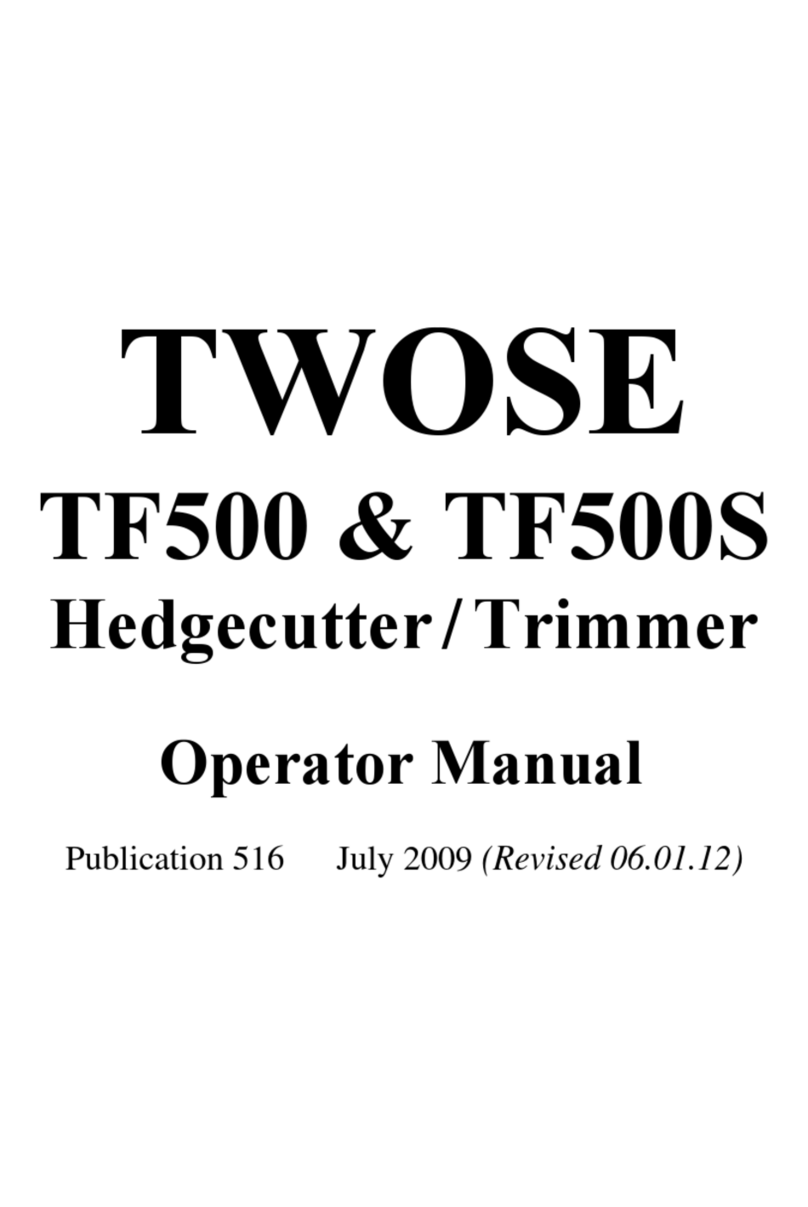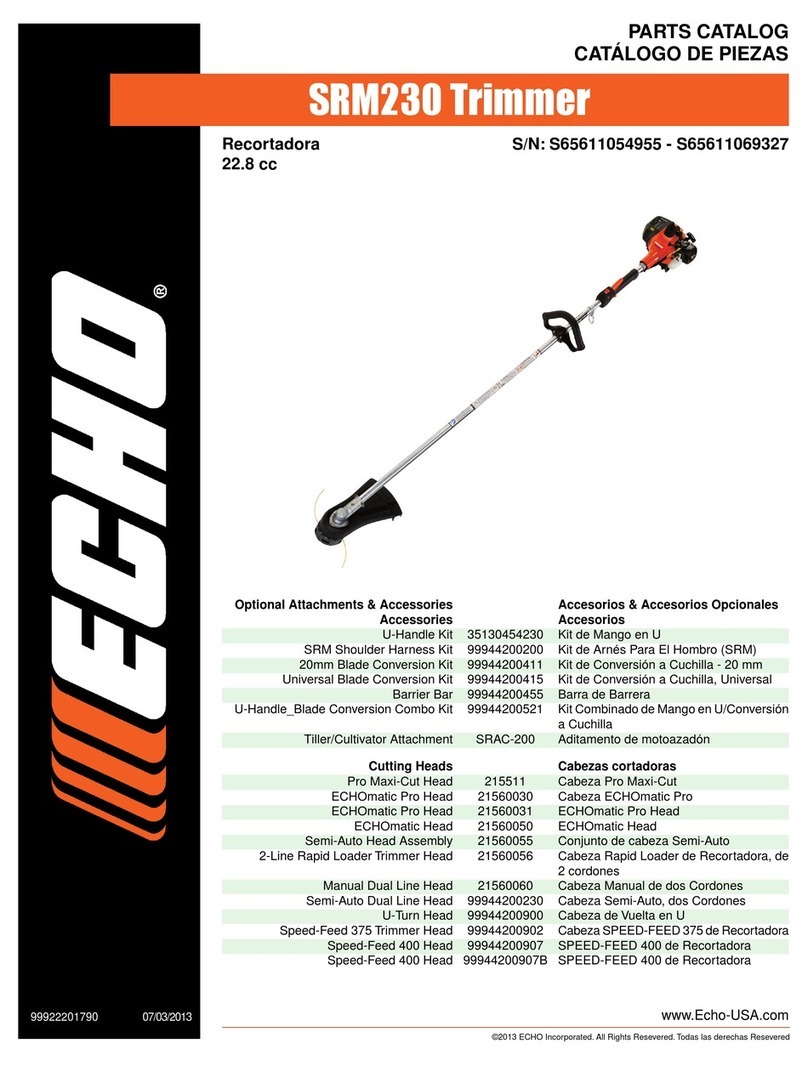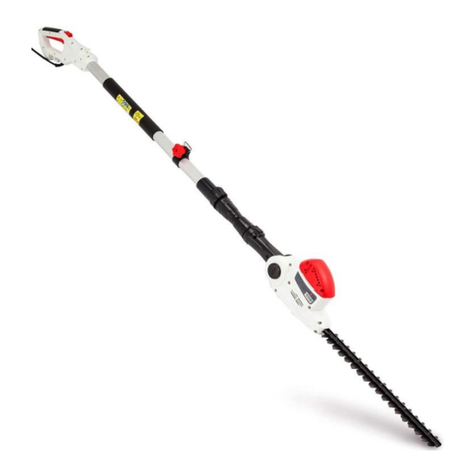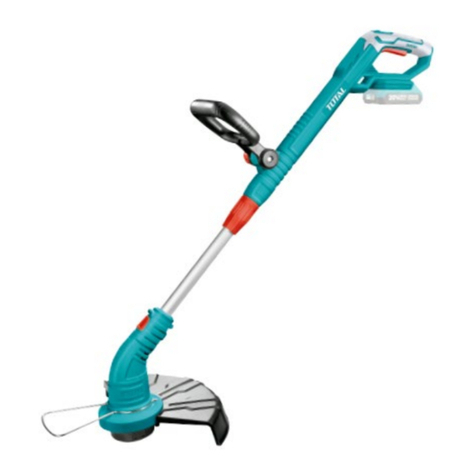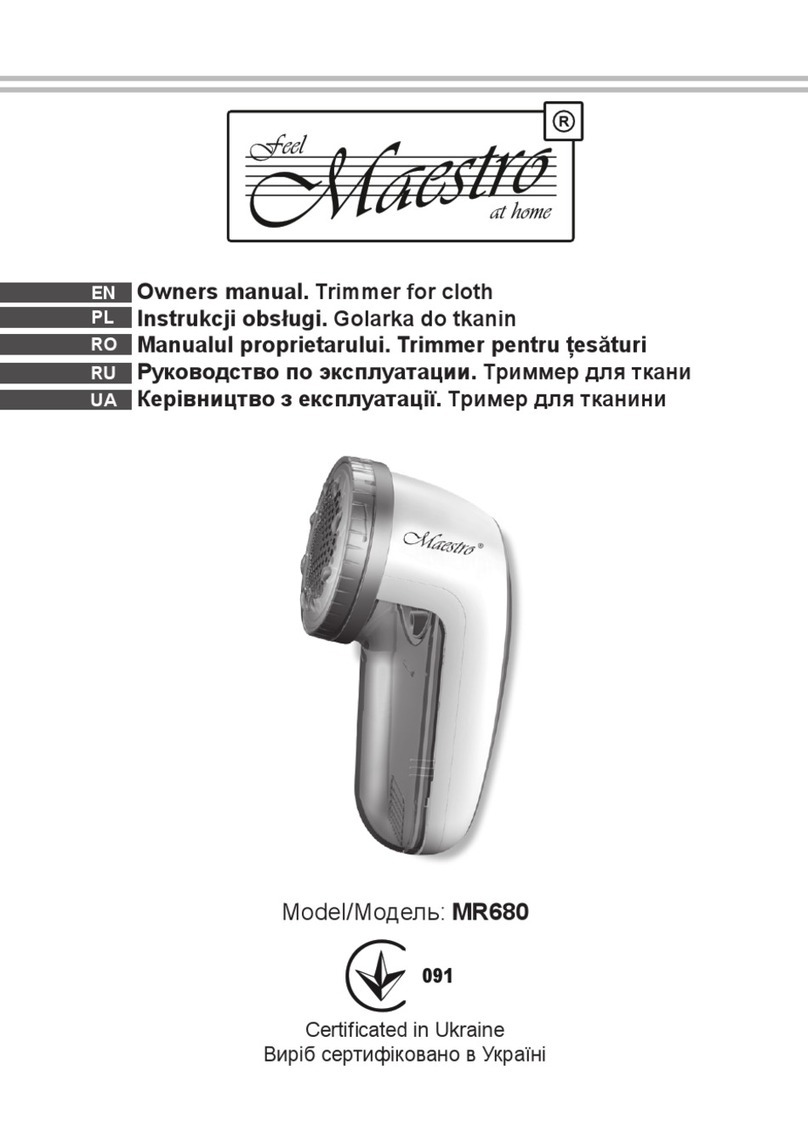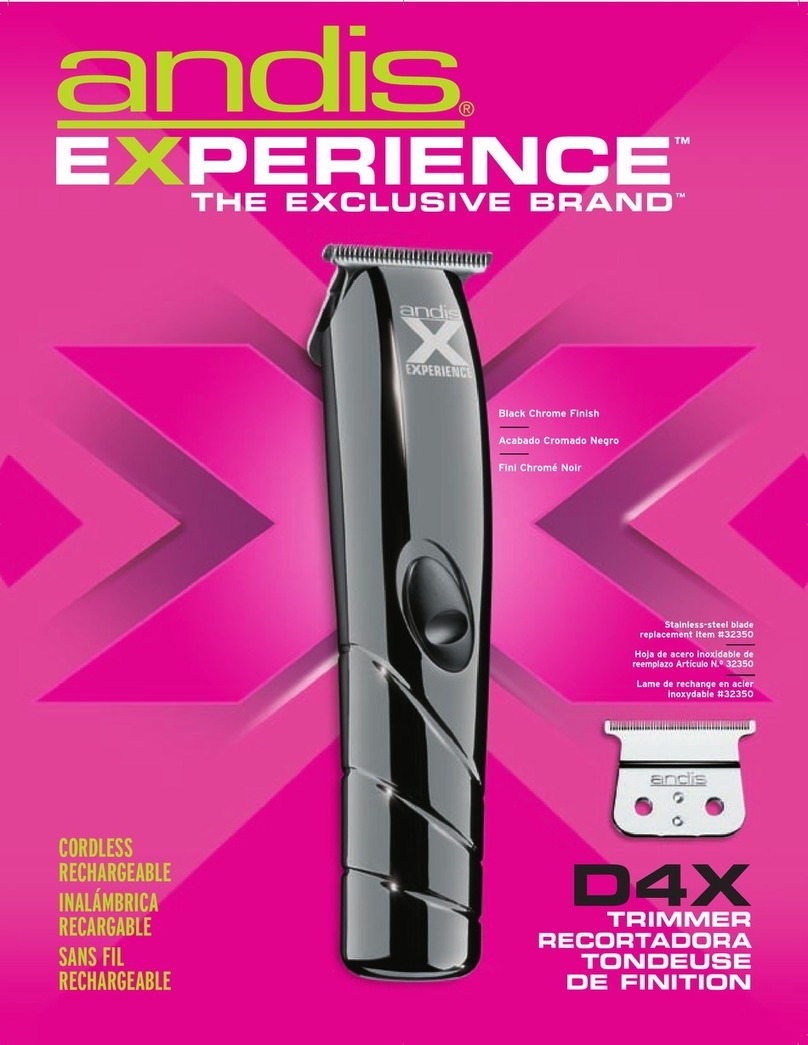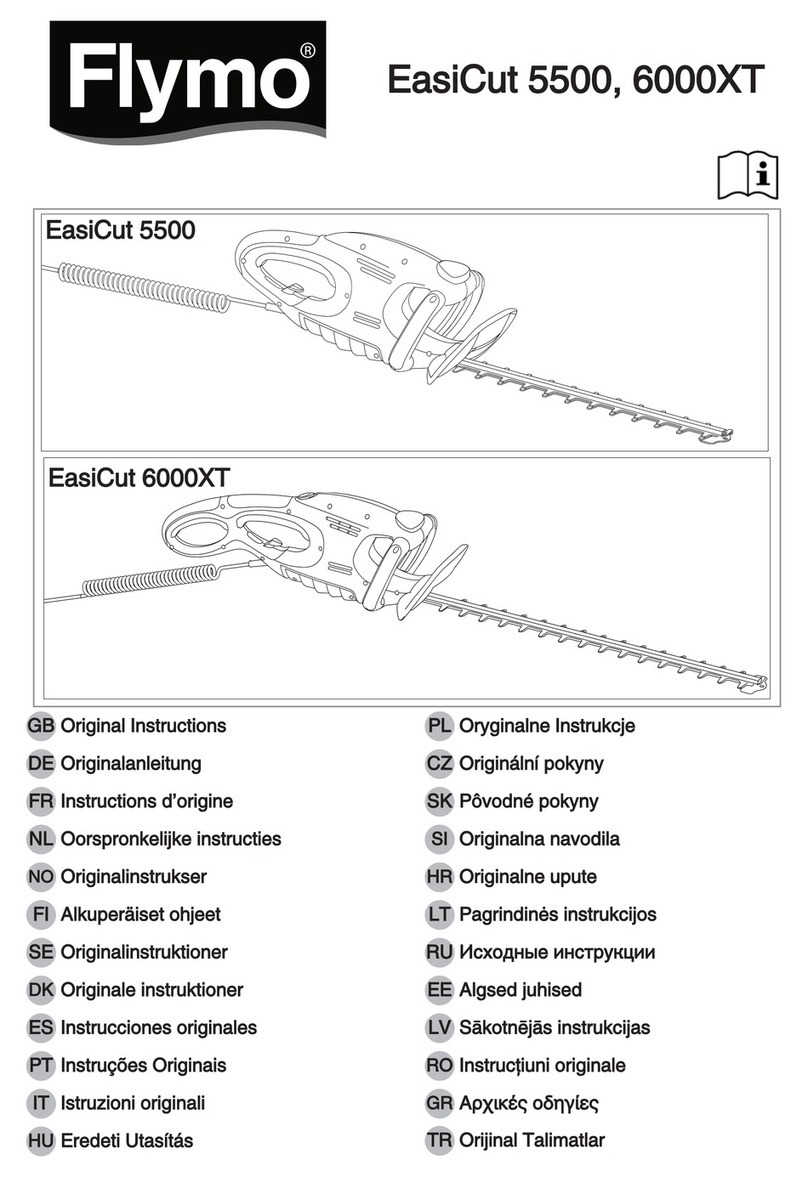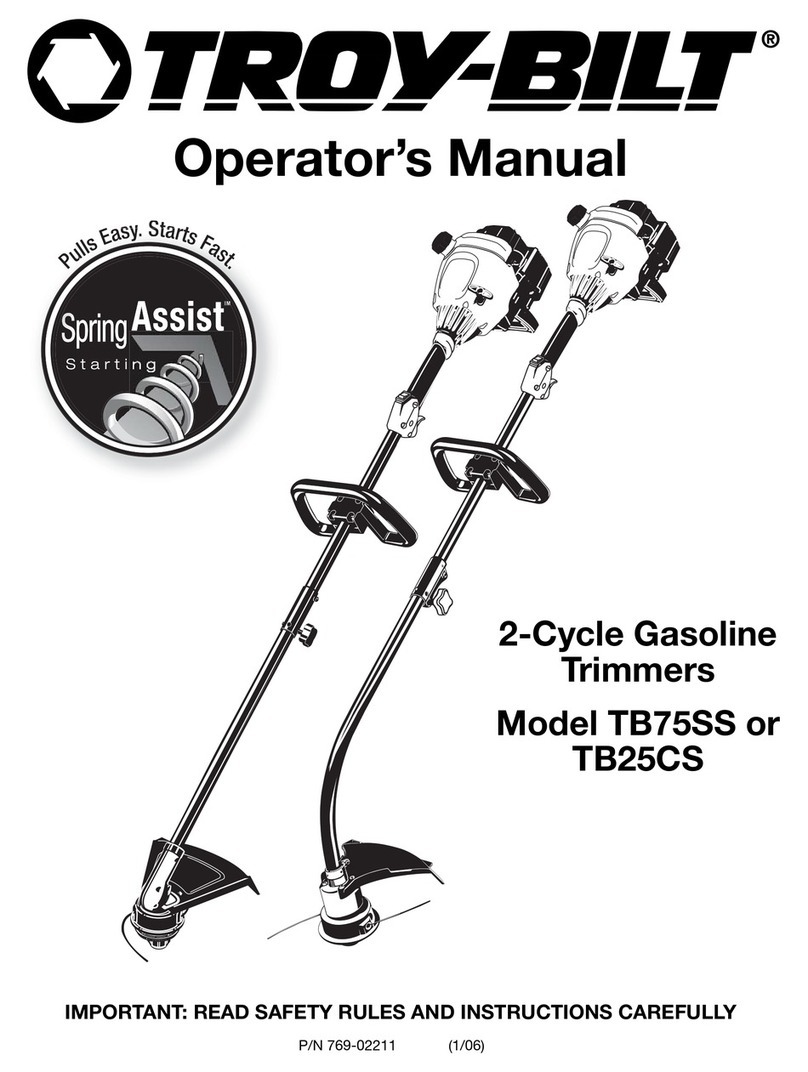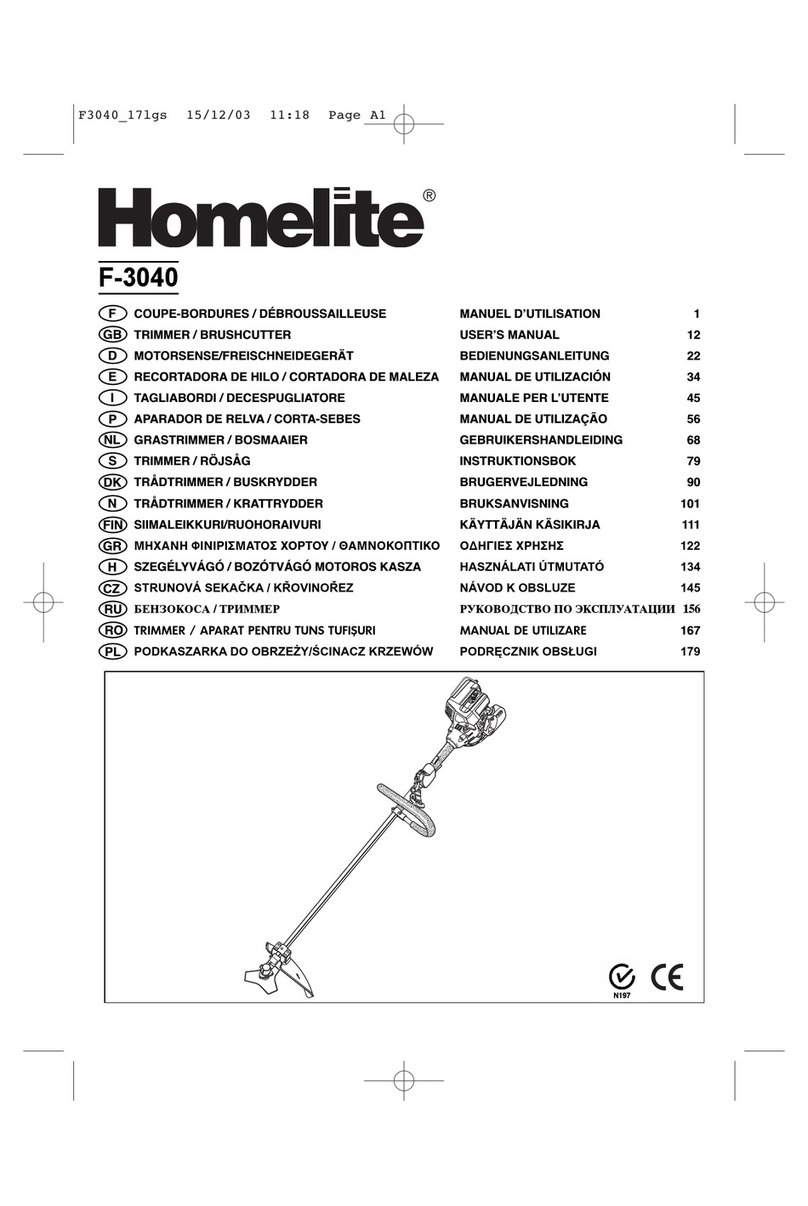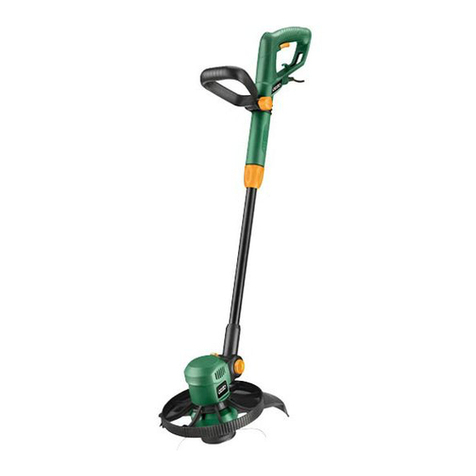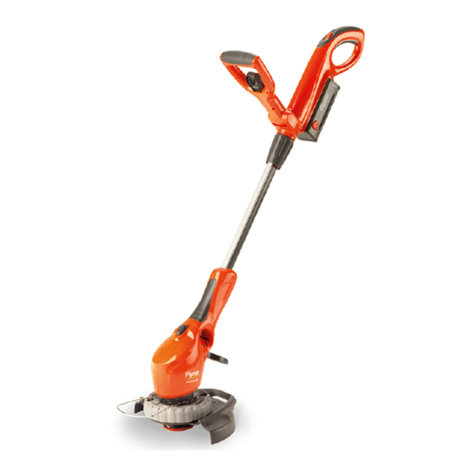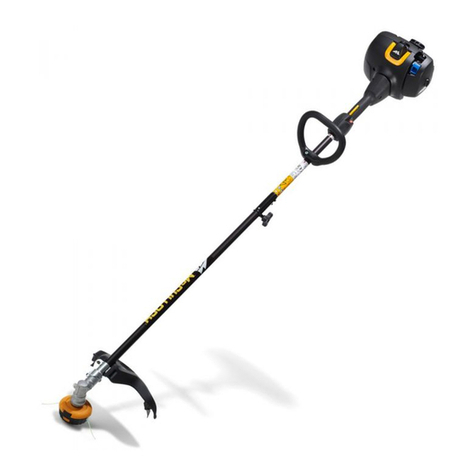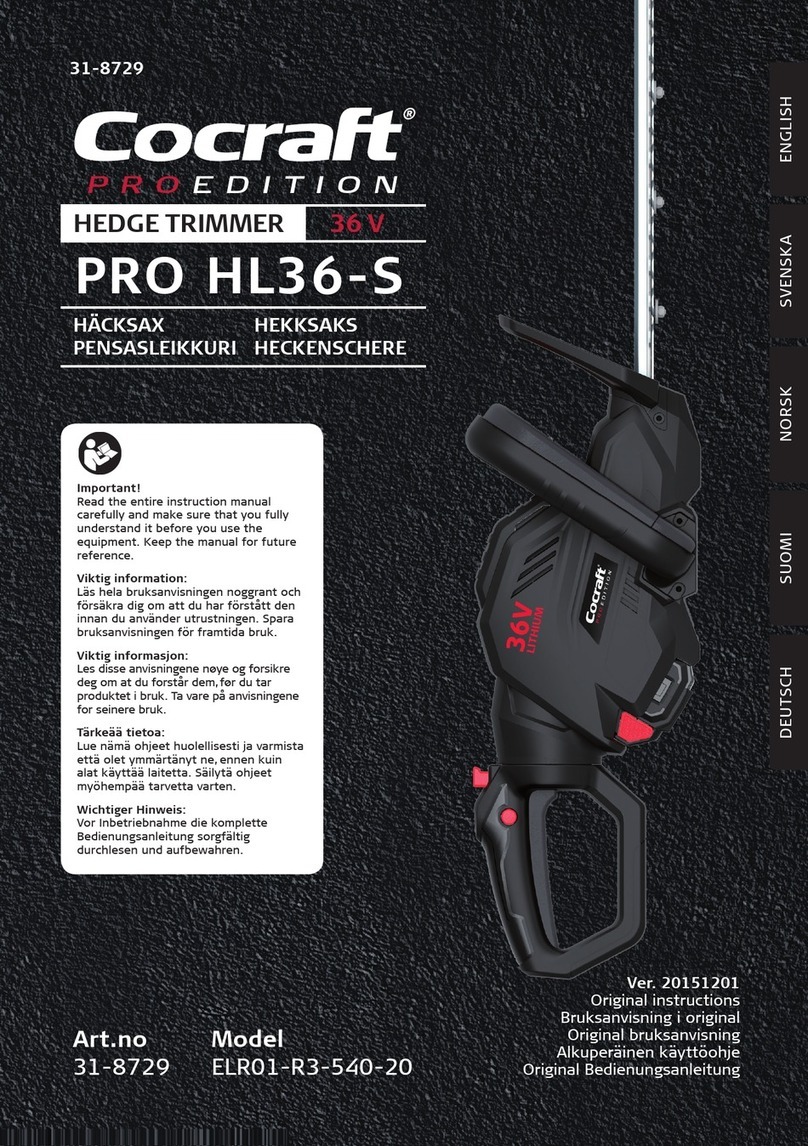EN
A) TRAINING
1) R ad th instructions car fully. Become ac-
qua nted w th the controls and the proper use of the
mach ne. Learn how to stop the eng ne qu ckly.
2) Only us th machin for th purpos for
which it was d sign d, namely
–cutting grass and non-woody v g tation, us-
ng a nylon l ne (e.g. around the edges of lawns,
flowerbeds, walls, fences and small grassy areas
to t dy up the cutt ng done us ng a mower);
Any other use may be dangerous and damage the
mach ne.
Examples of mproper use may nclude, but are not
l m ted to:
– use the mach ne for sweep ng;
– tr mm ng hedges or other jobs n wh ch the cutt ng
dev ce s not used on ground level;
– us ng the mach ne w th the cutt ng dev ce above
the operator's belt level;
– us ng the mach ne for cutt ng non-plant mater al;
– use of the mach ne by more than one person.
3) Never allow ch ldren or persons unfam l ar w th
these nstruct ons to use the mach ne. Local regula-
t ons can restr ct the age of the user.
4) The mach ne must never be used by more than
one person.
5) N v r us th machin :
– when people, espec ally ch ldren or pets are n the
v c n ty;
– f the user s t red or unwell, or has taken med c ne,
drugs, alcohol or any substances wh ch may slow
h s reflexes and comprom se h s judgement;
– f the user s not capable of hold ng the mach ne
f rmly w th two hands and/or rema n ng stand ng
on the ground wh lst work ng.
6) Keep n m nd that the operator or user s re-
spons ble for acc dents or hazards occurr ng to other
people or the r property.
B) PREPARATION
1) Always wear adequate cloth ng wh ch does not
hamper movements when us ng the mach ne.
– Always wear sl m-f tt ng protect ve cloth ng, f tted
w th shear-proof protect on dev ces.
– Always wear a helmet, protect ve gloves, eye-
goggles, a half-mask resp rator and safety ant -
shear boots w th non-sl p soles.
– Always wear ear and hear ng protect on dev ces.
– Never wear scarves, sh rts, necklaces, or any
hang ng or flapp ng accessory that could catch n
the mach ne or n any objects or mater als n the
work area.
– T e your ha r back f t s long.
2) WARNING: DANGER! P trol is highly flam-
mabl :
– keep the fuel n conta ners wh ch have been spe-
c f cally manufactured and homologated for such
use;
–never smoke when handl ng fuel;
– slowly open the fuel tank to allow the pressure n-
s de to decrease gradually;
– top up the tank w th fuel n the open a r, us ng a
funnel;
– add fuel before start ng the eng ne. Never remove
the fuel tank cap or add fuel wh le the eng ne s
runn ng or when the eng ne s hot;
– f you have sp lt some fuel, do not attempt to start
the eng ne but move the mach ne away from the
area of sp llage and avo d creat ng any source of
gn t on unt l the fuel has evaporated and fuel
vapours have d ss pated;
– mmed ately clean up all traces of fuel sp lt on the
mach ne or on the ground;
– never start the mach ne n the same place you re-
f lled t w th fuel;
– make sure your cloth ng does not come nto con-
tact w th the fuel, on the contrary, change your
clothes before start ng the eng ne;
– always put the tank and fuel conta ner caps back
on and t ghten well.
3) Replace faulty or damaged s lencers.
4) B for using th machin , check ts general
cond t on and n part cular:
– the throttle tr gger and the safety lever must move
freely, they must not need forc ng and should re-
turn automat cally and rap dly back to the neutral
pos t on;
– the throttle tr gger must rema n locked unt l the
safety lever s pressed;
– the eng ne stop sw tch must eas ly move from
one pos t on to the other;
– the electr c cables and n part cular the spark plug
cable must be n perfect cond t on to avo d the
generat on of any sparks, and the cap must be
correctly f tted on the spark plug;
– the mach ne handgr ps and protect on dev ces
must be clean and dry and well fastened to the
mach ne;
– the cutt ng dev ces and guards must be undama-
ged.
5) Check the correct pos t on of the handgr ps and
the connect on po nt of the webb ng, and the proper
balance of the mach ne.
6) Thoroughly nspect the whole work area and re-
move anyth ng that could be thrown up by the ma-
ch ne or damage the cutt ng group or eng ne (stones,
branches, ron w re, bones, etc.).
C) OPERATION
1) Do not start the eng ne n a conf ned space where
dangerous carbon monox de fumes can collect.
4SAFETY REQUIREMENTS
3. SAFETY REQUIREMENTS
